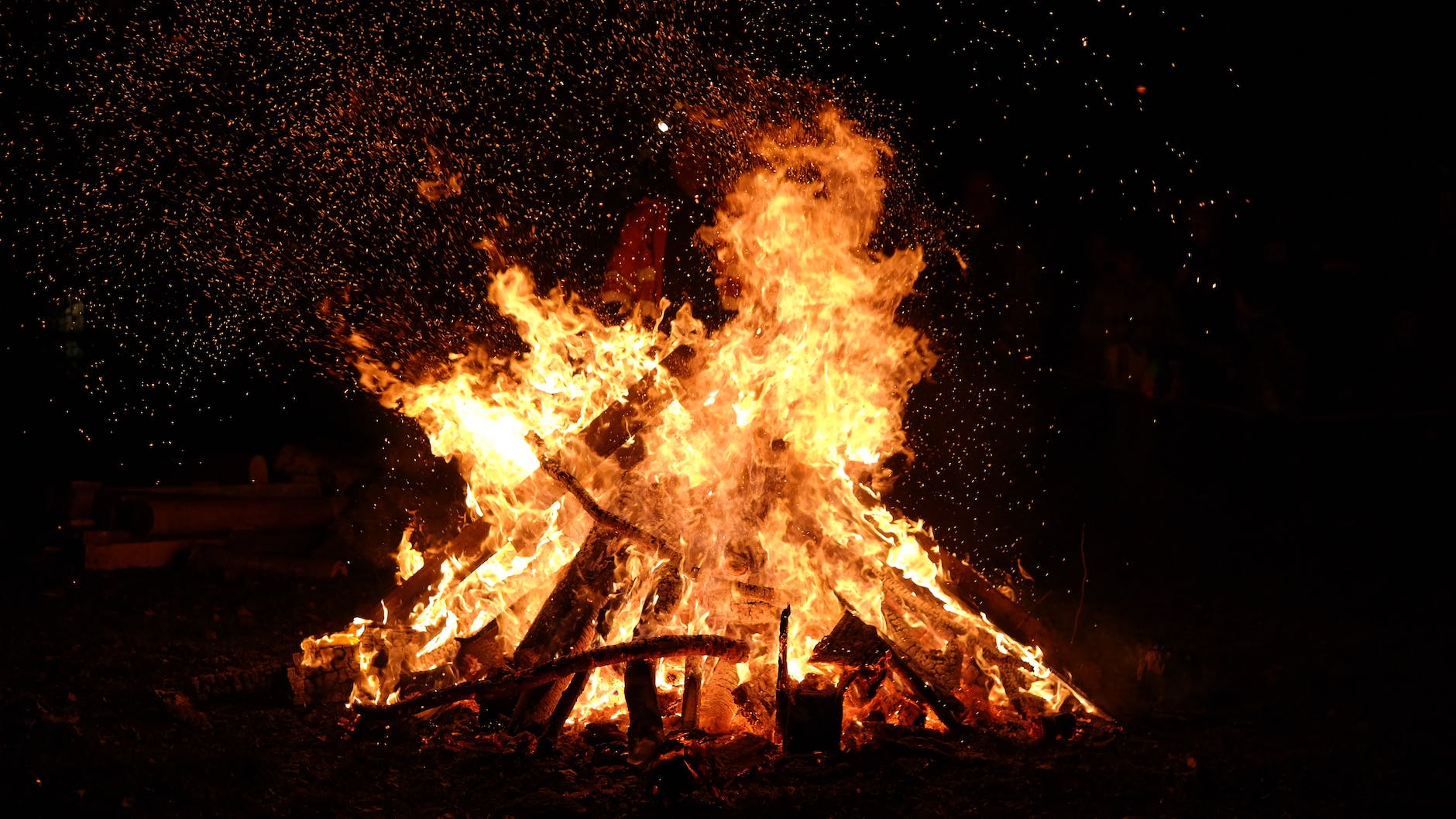
Classification of Fire as per Different Standards
Classification of Fire as per Different Standards : In the realm of fire safety and prevention, understanding the classification of fires is paramount. Fires can be diverse in nature, with each type requiring a unique approach to extinguishment and safety measures. To effectively combat fires, various standards and classifications have been established. In this article, we will delve into the classification of fires as per different standards, shedding light on the distinct characteristics and methods for dealing with each type.
Introduction
Fires are categorized into different classes based on the type of fuel they consume and the methods required for extinguishment. The primary classifications include Class A, Class B, Class C, Class D, and Class K fires. Additionally, organizations like the National Fire Protection Association (NFPA), European Standard EN 2, and the International Organization for Standardization (ISO) have established their own classification systems. Let’s explore each classification in detail.
Class A Fire
Understanding Class A Fires
Class A fires involve ordinary combustibles, such as wood, paper, cloth, and plastics. These fires typically leave behind ash as residue.
Common Fuel Sources
- Wood
- Paper
- Cloth
- Plastics
- Trash
Extinguishing Class A Fires
Class A fires can be extinguished using water, foam, or dry chemical extinguishers. Cooling the flames and removing the heat source is crucial in containing these fires.
Class B Fire
Understanding Class B Fires
Class B fires are fueled by flammable liquids and gases, including gasoline, oil, and propane. They are known for spreading rapidly.
Common Fuel Sources
- Gasoline
- Oil
- Propane
- Flammable gases
Extinguishing Class B Fires
Class B fires require special extinguishing agents like foam, carbon dioxide, or dry chemical extinguishers. These agents smother the fire and cut off its oxygen supply.
Class C Fire
Understanding Class C Fires
Class C fires involve energized electrical equipment. They pose a significant risk due to the potential for electrical shock.
Common Fuel Sources
- Electrical appliances
- Wiring
- Circuit breakers
Extinguishing Class C Fires
To tackle Class C fires, it’s essential to de-energize the equipment and use non-conductive extinguishing agents such as carbon dioxide or dry chemical extinguishers.
Class D Fire
Understanding Class D Fires
Class D fires involve combustible metals, like magnesium, sodium, and titanium. These fires can burn at extremely high temperatures.
Common Fuel Sources
- Magnesium
- Sodium
- Titanium
Extinguishing Class D Fires
Extinguishing Class D fires requires special powders designed for metal fires. These powders create a crust that isolates the fire from oxygen.
Class K Fire
Understanding Class K Fires
Class K fires are associated with cooking oils and fats. They are common in kitchens and commercial cooking areas.
Common Fuel Sources
- Cooking oils
- Fats
Extinguishing Class K Fires
Class K fires are best extinguished using wet chemical extinguishers. These agents react with the cooking oil, creating a soapy layer that prevents reignition.
NFPA Classification
National Fire Protection Association (NFPA) Standards
The NFPA classifies fires into five categories (A, B, C, D, and K) similar to the classes mentioned above. Their standards help in identifying fire hazards and implementing preventive measures.
Classification and Labeling
Each NFPA fire class is associated with a specific label and color code, aiding quick identification during emergencies.
European Standard EN 2
European Fire Classification System
The European Standard EN 2 provides a classification system for fires. It includes classes A, B, C, D, F, and electrical fires (E).
Fire Classes in EN 2
EN 2’s fire classes are similar to NFPA, with slight variations in classification criteria. It is widely adopted in Europe for fire safety regulations.
ISO Classification
International Organization for Standardization (ISO)
ISO 3941:2005 is an international standard that classifies fires based on their characteristics. It provides essential guidelines for fire safety.
Conclusion
Understanding the classification of fires according to different standards is crucial for effective fire prevention and safety. Each classification necessitates specific extinguishing agents and techniques. Whether it’s a Class A fire in your home or a Class K fire in a restaurant kitchen, being prepared can save lives and property.
Fire Safety and Emergency Response
Welding Machine Inspection: Valid Certificate, Validity, Colour Coding
Welding Hazards and Precautions
FAQs
- What is the difference between Class A and Class B fires?
- Class A fires involve ordinary combustibles, while Class B fires are fueled by flammable liquids and gases.
- Can water be used to extinguish Class B fires?
- No, water is not effective for Class B fires. Special extinguishing agents like foam or carbon dioxide are needed.
- How are electrical fires (Class C) extinguished?
- Class C fires require de-energizing the equipment and using non-conductive extinguishing agents.
- What are Class D fires, and why are they challenging to extinguish?
- Class D fires involve combustible metals and require special powders to smother the fire.
- What makes Class K fires unique, and how are they extinguished?
- Class K fires involve cooking oils and fats and are extinguished using wet chemical extinguishers.
In conclusion, fire classification is a vital component of fire safety, ensuring that the right tools and techniques are employed when dealing with fires. Different standards provide diverse perspectives on fire classification, allowing for comprehensive approaches to fire prevention and control.